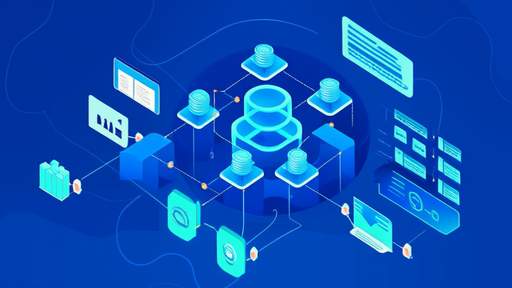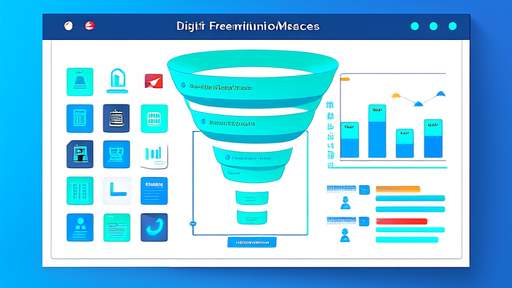In the evolving landscape of B2B marketing, the concept of Customer Success has emerged as a cornerstone for sustainable growth. Unlike traditional sales metrics that focus solely on acquisition, customer success shifts the paradigm toward long-term value creation. It’s no longer enough to close deals; businesses must ensure their clients achieve meaningful outcomes with their products or services. This alignment between vendor and customer goals fosters loyalty, reduces churn, and ultimately drives revenue expansion. As such, measuring customer success has become a critical discipline for B2B organizations aiming to thrive in competitive markets.
The metrics used to gauge customer success are multifaceted, reflecting the complexity of B2B relationships. One of the most telling indicators is Net Revenue Retention (NRR), which measures the percentage of recurring revenue retained from existing customers, including expansions and contractions. A high NRR suggests that customers are not only staying but also finding additional value in the solution. Conversely, a declining NRR signals dissatisfaction or unmet needs. This metric is particularly revealing because it encapsulates both retention and growth, offering a holistic view of customer health.
Another pivotal metric is Customer Health Score, a composite index that aggregates various data points to predict client satisfaction and longevity. These data points might include product usage frequency, support ticket volume, and engagement with customer success teams. By analyzing these factors, companies can proactively identify at-risk accounts and intervene before issues escalate. The challenge lies in weighting each component appropriately, as overemphasizing one aspect—say, login frequency—could mask deeper problems like feature adoption gaps.
Beyond quantitative measures, qualitative feedback plays an indispensable role in understanding customer success. Net Promoter Score (NPS) surveys, for instance, capture client sentiment by asking how likely they are to recommend the product to peers. While NPS provides a snapshot of loyalty, its real power emerges when paired with follow-up questions that uncover the "why" behind the score. This narrative feedback often reveals pain points or opportunities that raw numbers can’t illuminate. However, relying solely on NPS can be misleading, as cultural differences in survey responses or timing biases may skew results.
Implementation timelines also serve as a subtle yet potent customer success metric. In B2B contexts, prolonged onboarding periods frequently correlate with higher churn rates. Tracking Time to First Value (TTFV)—the duration between contract signing and the customer achieving their initial goal—helps organizations streamline onboarding processes. A shortened TTFV not only boosts satisfaction but also accelerates the path to upselling. For complex solutions, breaking this metric into phase-specific milestones (e.g., data integration completed, first report generated) can provide even finer-grained insights.
Account expansion metrics, such as cross-sell and upsell rates, further underscore the depth of customer success. When existing clients purchase additional products or upgrade their plans, it demonstrates confidence in the vendor’s ability to deliver ongoing value. However, aggressive expansion tactics can backfire if not aligned with genuine customer needs. The most successful B2B marketers use usage data and success milestones to time these conversations, ensuring recommendations feel like natural progressions rather than sales pitches.
Churn analysis remains the dark mirror of customer success metrics. While gross churn rate tallies lost revenue from cancellations, voluntary vs. involuntary churn distinctions reveal underlying causes. Voluntary churn often stems from poor fit or unmet expectations, whereas involuntary churn (e.g., payment failures) may indicate operational flaws. Segmenting churn by customer cohort—such as industry, company size, or onboarding date—can uncover patterns that inform targeted improvements. Notably, some progressive firms now track "near churn" signals like contract renegotiations or reduced license counts, intervening before full attrition occurs.
The interplay between customer success and advocacy cannot be overlooked. Referenceable customers—those willing to participate in case studies or sales references—represent the pinnacle of success. Tracking the percentage of referenceable accounts within the client base offers a qualitative benchmark. More sophisticated programs measure advocacy through participation in user communities, event speaking opportunities, or product advisory councils. These activities not only validate success but also create virtuous cycles where happy clients attract new business.
Technology stacks have become instrumental in monitoring these diverse metrics. Modern Customer Success Platforms (CSPs) integrate with CRM and product analytics tools to provide real-time dashboards. Predictive analytics algorithms can flag accounts showing early warning signs, while automation handles routine check-ins, freeing teams for high-touch interventions. Yet technology alone isn’t a panacea; the most effective programs combine data-driven insights with human intuition—where seasoned success managers spot nuances that algorithms might miss.
Ultimately, the art of measuring customer success lies in balancing leading and lagging indicators. While revenue metrics reflect historical performance, behavioral metrics like feature adoption rates forecast future outcomes. The most forward-thinking organizations treat these measurements not as static reports but as dynamic inputs for continuous improvement. By embedding customer success metrics into every stage of the customer lifecycle—from sales handoffs to renewal planning—B2B marketers can transform data into durable competitive advantage.

By /Jun 3, 2025

By /Jun 3, 2025

By /Jun 3, 2025

By /Jun 3, 2025

By /Jun 3, 2025

By /Jun 3, 2025

By /Jun 3, 2025

By /Jun 3, 2025

By /Jun 3, 2025

By /Jun 3, 2025

By /Jun 3, 2025

By /Jun 3, 2025

By /Jun 3, 2025

By /Jun 3, 2025

By /Jun 3, 2025

By /Jun 3, 2025

By /Jun 3, 2025

By /Jun 3, 2025

By /Jun 3, 2025

By /Jun 3, 2025